Hyundai Tucson vs Nissan Townstar – Which one offers the better deal?
Two cars, one duel: Hyundai Tucson meets Nissan Townstar.
Which one wins in performance, efficiency and value for money? Find out now!
Costs and Efficiency:
Price and efficiency are often the first things buyers look at. Here it becomes clear which model has the long-term edge – whether at the pump, the plug, or in purchase price.
Nissan Townstar has a slightly advantage in terms of price – it starts at 25700 £, while the Hyundai Tucson costs 30600 £. That’s a price difference of around 4929 £.
Fuel consumption also shows a difference: Hyundai Tucson manages with 1 L and is therefore clearly more efficient than the Nissan Townstar with 6.70 L. The difference is about 5.70 L per 100 km.
As for range, the Nissan Townstar performs clearly better – achieving up to 281 km, about 211 km more than the Hyundai Tucson.
Engine and Performance:
Power, torque and acceleration are the classic benchmarks for car enthusiasts – and here, some clear differences start to show.
When it comes to engine power, the Hyundai Tucson has a clearly edge – offering 252 HP compared to 130 HP. That’s roughly 122 HP more horsepower.
In acceleration from 0 to 100 km/h, the Hyundai Tucson is decisively quicker – completing the sprint in 7.90 s, while the Nissan Townstar takes 12.60 s. That’s about 4.70 s faster.
In terms of top speed, the Hyundai Tucson performs minimal better – reaching 194 km/h, while the Nissan Townstar tops out at 183 km/h. The difference is around 11 km/h.
There’s also a difference in torque: Hyundai Tucson pulls clearly perceptible stronger with 367 Nm compared to 245 Nm. That’s about 122 Nm difference.
Space and Everyday Use:
Cabin size, boot volume and payload all play a role in everyday practicality. Here, comfort and flexibility make the difference.
Seats: Nissan Townstar offers evident more seating capacity – 7 vs 5.
In curb weight, Nissan Townstar is hardly perceptible lighter – 1509 kg compared to 1520 kg. The difference is around 11 kg.
In terms of boot space, the Nissan Townstar offers slightly more room – 775 L compared to 620 L. That’s a difference of about 155 L.
In maximum load capacity, the Nissan Townstar performs significantly better – up to 3050 L, which is about 1251 L more than the Hyundai Tucson.
When it comes to payload, Nissan Townstar somewhat takes the win – 641 kg compared to 545 kg. That’s a difference of about 96 kg.
Who comes out on top?
Overall, the Hyundai Tucson shows itself to be outperforms in nearly all aspects and secures the title of DriveDuel Champion.
It convinces with the more balanced overall package and proves to be the more versatile choice for everyday use.
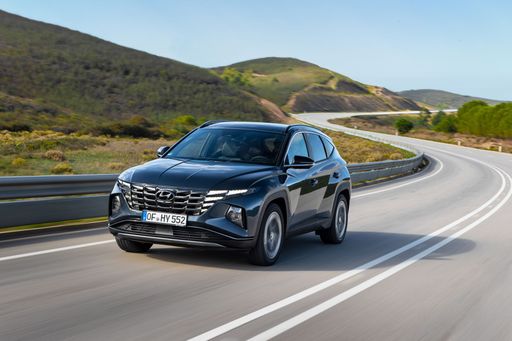
Hyundai Tucson
Hyundai Tucson
The Hyundai Tucson is a standout choice in the compact SUV segment, offering a perfect blend of style, comfort, and practicality. Its modern design is complemented by a spacious interior that provides ample room for passengers and luggage alike. With advanced technology and safety features, the Tucson ensures a smooth and enjoyable driving experience.
details @ hyundai.news
@ hyundai.news
 @ hyundai.news
@ hyundai.news
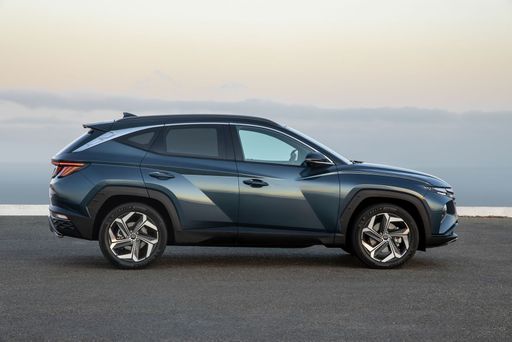 @ hyundai.news
@ hyundai.news
 @ hyundai.news
@ hyundai.news
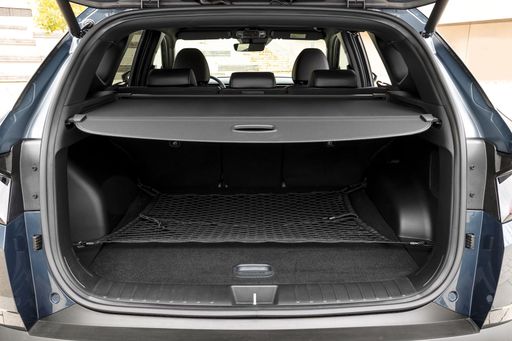 @ hyundai.news
@ hyundai.news
Nissan Townstar
The Nissan Townstar presents a versatile option for those in need of ample cargo space and practicality. Its modern design and robust performance make it an attractive choice for both business and family use. With a focus on comfort and technological features, it caters to a wide range of transport needs.
details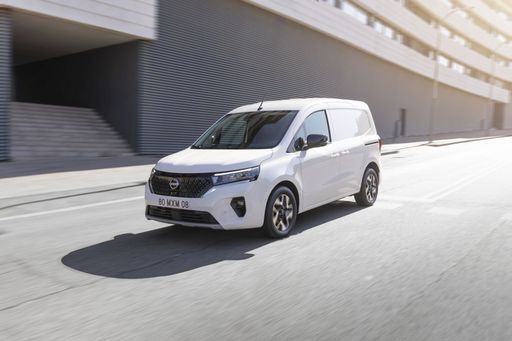 @ Nissan
@ Nissan
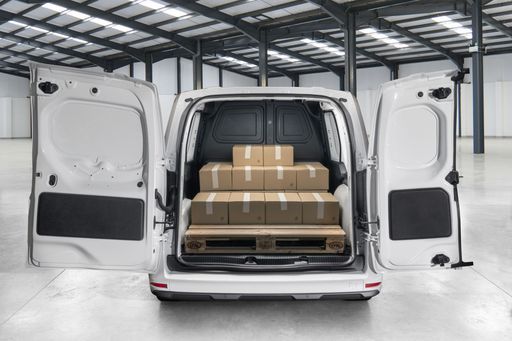 @ Nissan
@ Nissan
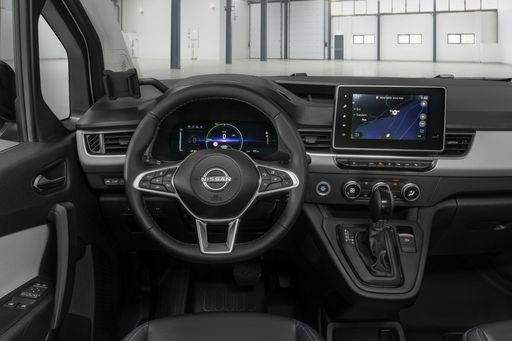 @ Nissan
@ Nissan

|

|
|
|
|
Costs and Consumption |
|
|---|---|
|
Price
30600 - 46300 £
|
Price
25700 - 37700 £
|
|
Consumption L/100km
1 - 6.9 L
|
Consumption L/100km
6.7 - 7 L
|
|
Consumption kWh/100km
-
|
Consumption kWh/100km
19.3 - 20.7 kWh
|
|
Electric Range
64 - 70 km
|
Electric Range
265 - 281 km
|
|
Battery Capacity
-
|
Battery Capacity
45 kWh
|
|
co2
22 - 156 g/km
|
co2
0 - 157 g/km
|
|
Fuel tank capacity
42 - 54 L
|
Fuel tank capacity
54 L
|
Dimensions and Body |
|
|---|---|
|
Body Type
SUV
|
Body Type
High Roof Estate
|
|
Seats
5
|
Seats
5 - 7
|
|
Doors
5
|
Doors
5
|
|
Curb weight
1520 - 1889 kg
|
Curb weight
1509 - 2041 kg
|
|
Trunk capacity
546 - 620 L
|
Trunk capacity
0 - 775 L
|
|
Length
4510 - 4520 mm
|
Length
4488 - 4911 mm
|
|
Width
1865 mm
|
Width
1859 - 1860 mm
|
|
Height
1650 mm
|
Height
1838 - 1869 mm
|
|
Max trunk capacity
1721 - 1799 L
|
Max trunk capacity
2800 - 3050 L
|
|
Payload
525 - 545 kg
|
Payload
506 - 641 kg
|
Engine and Performance |
|
|---|---|
|
Engine Type
Diesel MHEV, Petrol MHEV, Petrol, Full Hybrid, Plugin Hybrid
|
Engine Type
Petrol, Electric
|
|
Transmission
Automatic, Manuel
|
Transmission
Manuel, Automatic
|
|
Transmission Detail
Dual-Clutch Automatic, Manual Gearbox, Automatic Gearbox
|
Transmission Detail
Manual Gearbox, Dual-Clutch Automatic, Reduction Gearbox
|
|
Drive Type
Front-Wheel Drive, All-Wheel Drive
|
Drive Type
Front-Wheel Drive
|
|
Power HP
136 - 252 HP
|
Power HP
122 - 130 HP
|
|
Acceleration 0-100km/h
7.9 - 11.6 s
|
Acceleration 0-100km/h
12.6 - 13.3 s
|
|
Max Speed
180 - 194 km/h
|
Max Speed
130 - 183 km/h
|
|
Torque
265 - 367 Nm
|
Torque
240 - 245 Nm
|
|
Number of Cylinders
4
|
Number of Cylinders
4
|
|
Power kW
100 - 185 kW
|
Power kW
90 - 96 kW
|
|
Engine capacity
1598 cm3
|
Engine capacity
1332 cm3
|
General |
|
|---|---|
|
Model Year
2024
|
Model Year
2023 - 2025
|
|
CO2 Efficiency Class
E, F, D, B
|
CO2 Efficiency Class
E, F, A
|
|
Brand
Hyundai
|
Brand
Nissan
|
What drive types are available for the Hyundai Tucson?
Available configurations include Front-Wheel Drive or All-Wheel Drive.
The prices and data displayed are estimates based on German list prices and may vary by country. This information is not legally binding.
